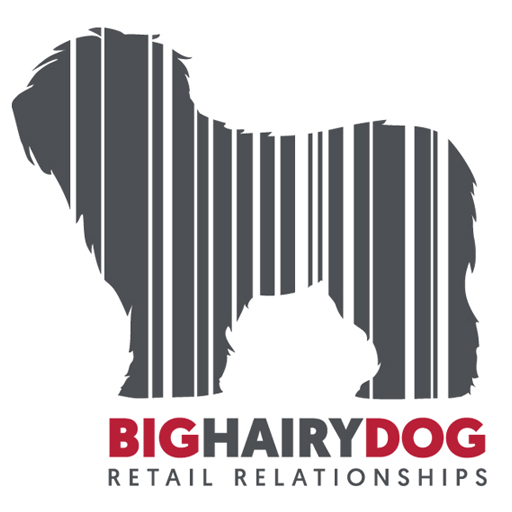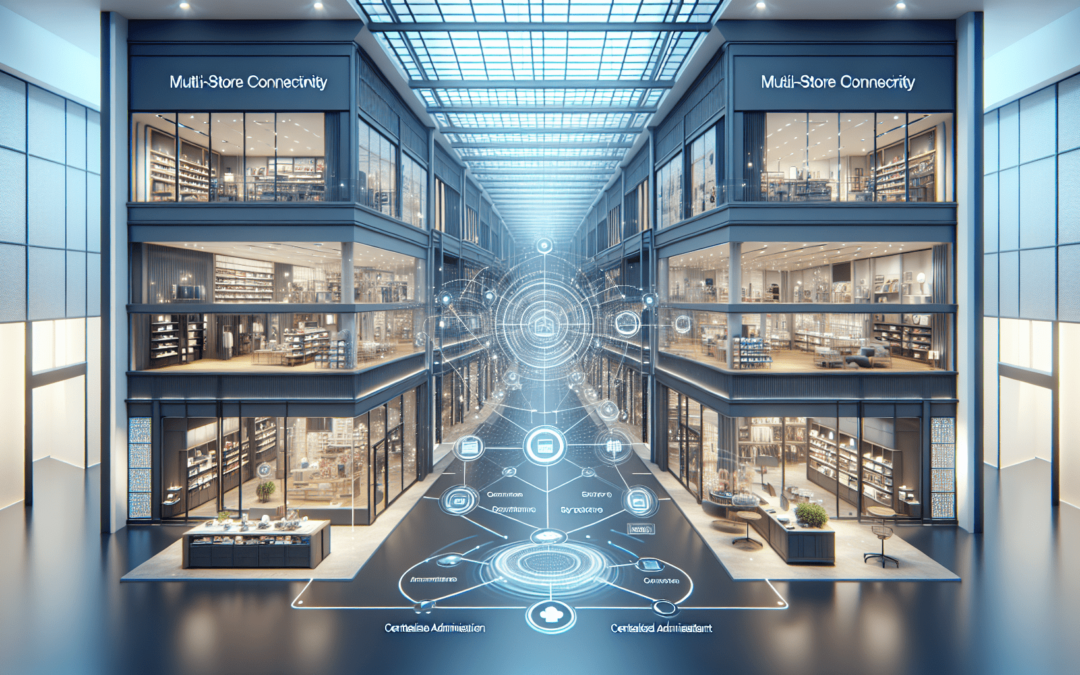Have you ever wondered how retailers can manage multiple locations efficiently? It’s a common challenge for businesses operating in today’s competitive market. You might be surprised at how multi-store connectivity can simplify operations and improve customer experiences.
Understanding Multi-Store Connectivity
Multi-store connectivity refers to the integration of different locations within a single, cohesive system. This approach allows retailers to manage several stores with ease, ensuring that operations are streamlined, inventory is tracked in real time, and customers receive consistent service across all locations.
Imagine you’re the owner of multiple retail outlets. Wouldn’t it be easier if you could manage them all from one central platform? That’s exactly what multi-store connectivity offers. Beyond just convenience, this integration brings a host of benefits that can significantly impact your bottom line.
The Benefits of Multi-Store Connectivity
1. Centralized Management
One of the standout benefits of multi-store connectivity is centralized management. You can oversee various aspects of your business, from inventory to sales reports, all in one place.
| Aspect | Traditional Management | Multi-Store Connectivity |
|---|---|---|
| Control | Decentralized | Centralized |
| Reporting | Manual & Time-Consuming | Automated & Instant |
| Updates | Individual Locations | Across All Stores Seamlessly |
When you have a central management system, it reduces the likelihood of errors that can occur when handling reports independently for each store.
2. Enhanced Inventory Management
With multiple locations, keeping track of inventory can quickly become a logistical nightmare. Multi-store connectivity provides real-time inventory tracking, ensuring that you always know what products are available at each location.
Utilizing a system that integrates inventory across all your locations helps prevent overstocking or running out of stock unexpectedly. Imagine being able to see product levels at a glance and adjusting stock orders as needed — that’s the power of connectivity.
Streamlining Operations
3. Improved Customer Experience
Customer satisfaction is paramount in retail. A connected system allows you to offer a seamless shopping experience, regardless of where the customer is shopping.
For instance, if a shopper visits one store and doesn’t find their desired item, the system can check inventory across all locations and even facilitate an order from the nearest store. This not only enhances the customer experience but also builds loyalty.
4. Consistent Pricing and Promotions
One common challenge with running multiple stores is maintaining consistent pricing and promotions. The last thing you want is customers in different locations feeling they’re receiving unequal treatment.
With multi-store connectivity, you can set pricing and promotions centrally, ensuring that every store operates under the same guidelines.
Setting Up Multi-Store Connectivity
5. Choose the Right POS System
Selecting the right point of sale (POS) system is crucial when establishing multi-store connectivity. Companies like Big Hairy Dog specialize in providing robust retail management solutions tailored for businesses with multiple outlets.
Retail Pro POS systems are a popular choice for their extensive features, including multi-store management capabilities.
6. Integration with Existing Systems
Connecting your new POS system with existing software is essential for creating a seamless operation. Ensure that the system can integrate with other tools you’re already using, such as accounting software or e-commerce platforms.
7. Training Your Staff
Once you’ve set everything up, proper training for your staff will ensure everyone is on the same page. Investing time in training will pay off with a more efficient operation and enhanced customer satisfaction.
Key Features to Look For
8. Real-time Sales Data
Having access to real-time sales data allows you to make informed decisions quickly. You can identify trends, adjust stock levels, and respond to customer demands more effectively.
9. Flexible Reporting
A robust reporting feature is essential. It gives you insights into sales performance across different stores, helping you understand which locations are excelling and which may need attention.
Challenges of Multi-Store Connectivity
While the benefits of multi-store connectivity are significant, it’s also essential to be aware of potential challenges.
10. Technical Difficulties
Implementing new technology can come with its own set of challenges. You may experience technical hiccups during the setup process, which can be frustrating.
Having a reliable support team can alleviate some of these concerns. Companies like Big Hairy Dog not only provide systems but also support, ensuring you’re never left to figure things out alone.
11. Cost Considerations
Investing in a multi-store connectivity solution can be expensive. Assessing the cost versus the benefits you will gain is essential.
In the long run, the efficiency and time savings can justify the investment. It’s important to analyze your specific needs and calculate the expected return on investment before making a decision.
To Conclude
Understanding multi-store connectivity is crucial for today’s retailers. By embracing this strategy, you can streamline your operations, enhance customer experiences, and create a more efficient business model.
As you reflect on whether to implement such a system, consider how it could transform your multi-location retail operations. Simplified management, improved inventory systems, and enhanced customer experience are just some of the advantages you can count on with an integrated approach. Embrace the future of retail management, and give your stores the connectivity they need to flourish.


